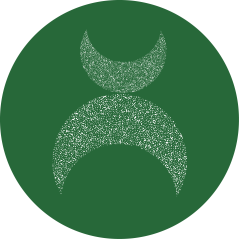All posts by angela
Reviews of Sanctuary: There Must Be Somewhere
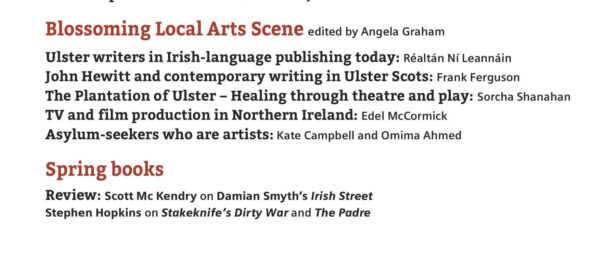
Guest-editor Arts section Fortnight magazine
It has been a great pleasure to guest-edit the Arts section of issue 492 of Fortnight.
The politics, social affairs and arts magazine launched in Northern Ireland in 1970. Throughout the Troubles and beyond it was an essential forum for discussion and evaluation. Fortnight re-launched in 2020.
Out today, 15th January.

Subscribe
The cost of four copies during the year will be £25 (UK) and £35 (EU & World)
Please send your payment direct to the Fortnight Publications account at the
Ulster Bank, Belfast City 1
sort code: 98-00-60; acct no: 13078431
BIC: ULSB GB2B; IBAN: GB15 ULSB 9800 6013 0784 31
You must also send details of your postal address to fortnight50th@gmail.com
To order a copy
The cost of individual copies direct from No Alibis
83 Botanic Avenue, Belfast BT7 1JL
will be £7 click & collect or £7 plus UK/EU postage
Order direct from https://noalibis.com/ £7 click and collect or £7 plus postage; or 4 issues per year to Fortnight Publications, Ulster Bank Belfast City 1; 98-00-60; 13078431/ BIC:ULSB GB2B; IBAN: GB15 ULSB 9800 6013 0784 31 fortnight50th@gmail
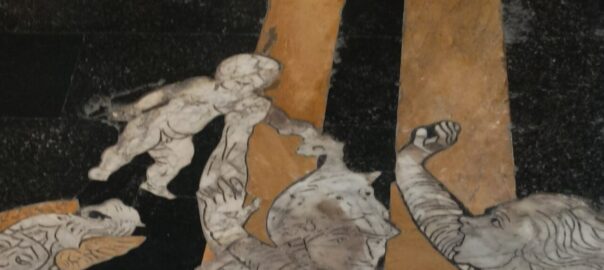
BBC Radio Wales: Weekend Word
Excerpt: On 1st December
We are living at a time when, through the media, we see power being wielded ruthlessly. We witness the destruction caused by war and by wayward market forces. Often the two are linked. There’s so much conflict happening that the news can hardly keep up with it. It can feel overwhelming.
The 2023 Reuters Institute digital news report states that close to 36% of news consumers say they avoid news, often or sometimes. To some extent this is prompted by concern to protect mental health. We need accurate and trustworthy news but its frequency and pervasiveness across platforms can lead to feelings of helplessness – knowing so much; able to do so little.
And some interests will encourage us to stay passive; to undervalue the good we can do; to leave politics to the powerful; to neglect the power of compassion, generosity, solidarity. I try to describe that cynical outlook in this short poem:
DECEMBER 28th
After Christmas – always – Childermas: Slaughter of Innocents; Threat Neutralised.
The Prince of War, glistening with success, allures us.
This, he says, is what you want. Not a stable, sheep-herding losers, a star.

BBC RADIO WALES Christmas Meditation
On Christmas Eve five of my poems featured in ‘Christmas Meditation’ from BBC Radio Wales
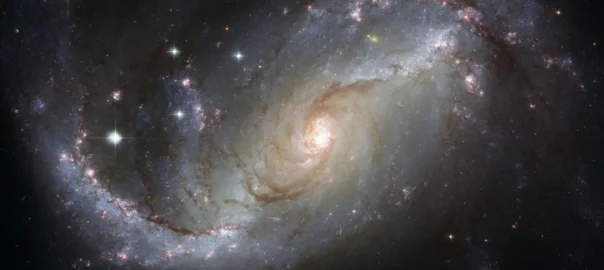
Poems in Amethyst Review
At Christmas time 2 of my poems were included in Amethyst Review.
On Christmas Day: What The Stars Want To Tell Us
And on 28th December, the commemoration of The Massacre of the Innocents

Poem in ‘Yarns’
The third edition of Ulster Scots anthology, ‘Yarns’ includes my poem
THA GOOLDEN WHUN
Ulstèr fowk ir like tha whun,
thoarny wi’oot an goold wi’in;
prood tae be thrawn, naw taen in
bi chancers’ flum;
tha fit yince plantit, nat fer muivin
whutiver come.
But wha wi whun wud be acquent
shud aye be minefu tae tak tent
nat tae be deggert ower an rent
bi stab an birsie;
an ‘stainch’ is ‘dour’ less it be blent
wi safnin mercie.
Thoarny tha whin – an tha wile rose
that in tha yin Ulstèr hedgera growes.
Tha whun’s a wal – an yit tha rose
is mairch an boondrie;
houls tha line in lichtsome claes
gainst al an soondrie
Hard tae be saft though we intend it.
‘Gin bein gommed we’r well defendit.
Still, whun an rose, baith bricht, baith scentit,
cud stan fur this:
Alloo oor goold an dinnae stint it
– less jag, mair kiss.
This is the third anthology, published by the Ulster Scots Community Network, November 2023. It’s a showcase of new poetry and prose, including from some writers publishing in Ulster Scots for the first time.

December 28th – Childermas
After Christmas – always – Childermas:*
Slaughter of Innocents; Threat Neutralised.
The Prince of War, glistening with success,
allures us. This, he says, is what you want.
Not a stable, sheep-herding losers, a star.
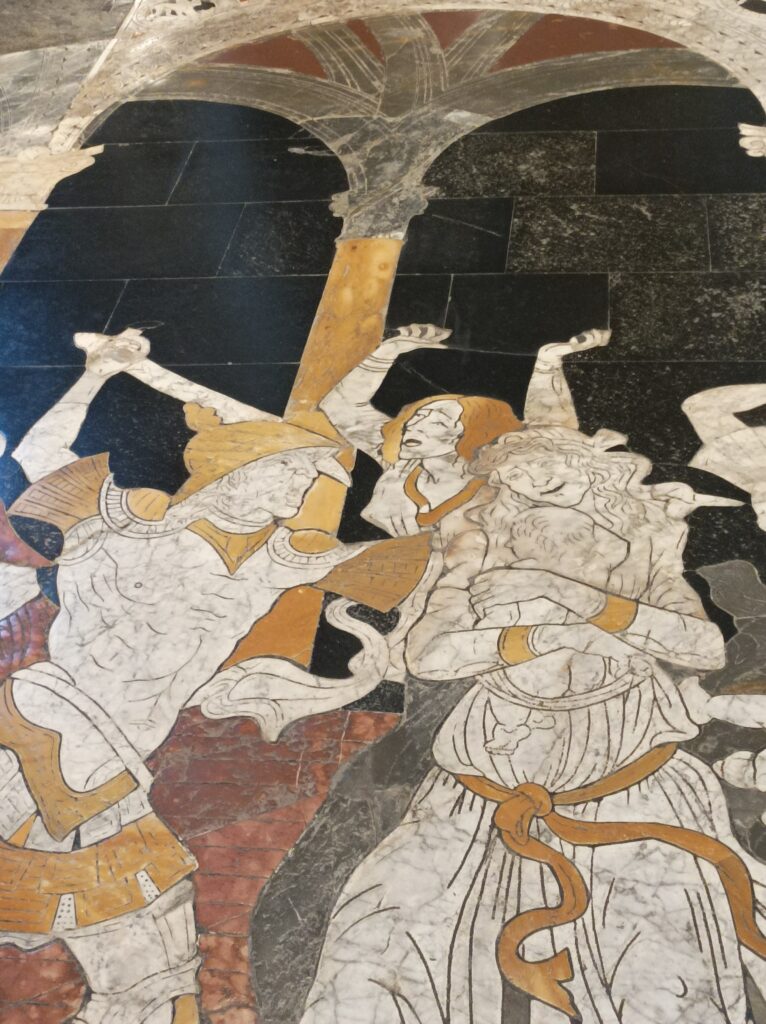
On the website of https://thelonelycrowd.org/2023/12/28/new-poetry-december-28th-by-angela-graham/ The Lonely Crowd December 28th.
The image is part of a depiction of the Slaughter of the Innocents on the floor of Siena Cathedral, 1481.

Childermas – The Coventry Carol

*The medieval Coventry Carol refers to the Slaughter of the Innocents, the killing of all male infants in Bethlehem ordered by King Herod to eradicate ‘the infant king’ the Wise Men had told him had been born. It is commemorated on 28th December every year and has long been known in England as ‘Childermas’. My poem is published in Amethyst Review for this date 2023.
The illustration header is part of the marble inlaid floor of Siena Cathedral depicting the Slaughter (c. 1481).
